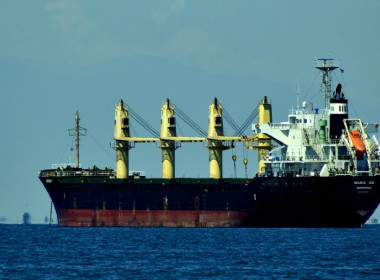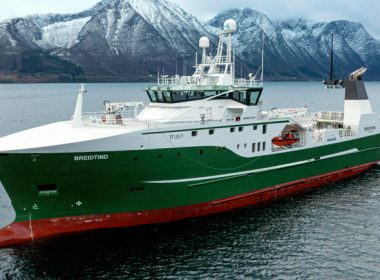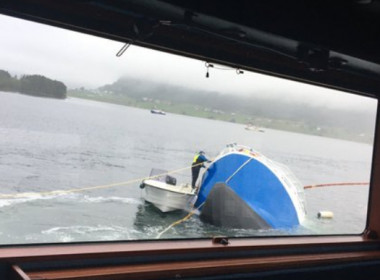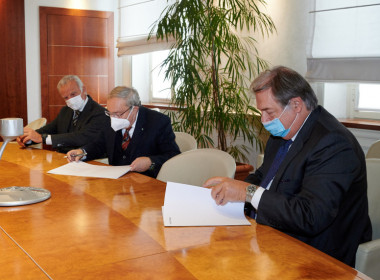New study aims to help reduce CO2 emissions of Norway’s fishing fleet

The Norwegian Seafood Research Fund (Fiskeri og Havbruksnæringens Forskningsfinansiering; FHF) recently confirmed that up to NOK5 million (US$554,140) will be invested in a new study with the aim of reducing the CO2 emissions of the country’s fishing vessel fleet.
The project will involve obtaining new knowledge and systematising existing knowledge essential to the reduction of CO2 emissions by fishing vessels.
The study is in line with an existing agreement with the EU on the planned reduction of up to 40 per cent of greenhouse gas emissions from fishing vessel operations and other related sectors in the country by 2030.
According to government bureau Statistics Norway, CO2 emissions from the country’s fishing fleet reached 878,000 tonnes in 2020. This amounts to just under two per cent of total Norwegian greenhouse gas emissions.
FHF said a trend in the construction of both coastal and deep-sea fishing fleets in Norway is that new vessels will be larger than the vessels they will replace and therefore, more powerful engines will be installed. The organisation remarked this is probably the main reason behind the increase in emissions and it is likely that emissions will continue to increase in the short term.







